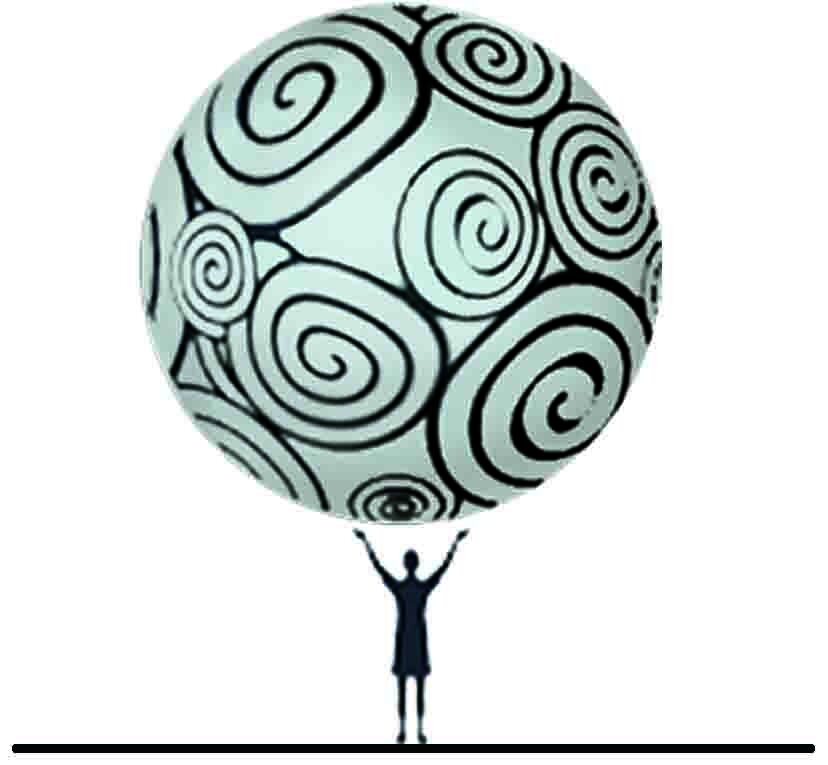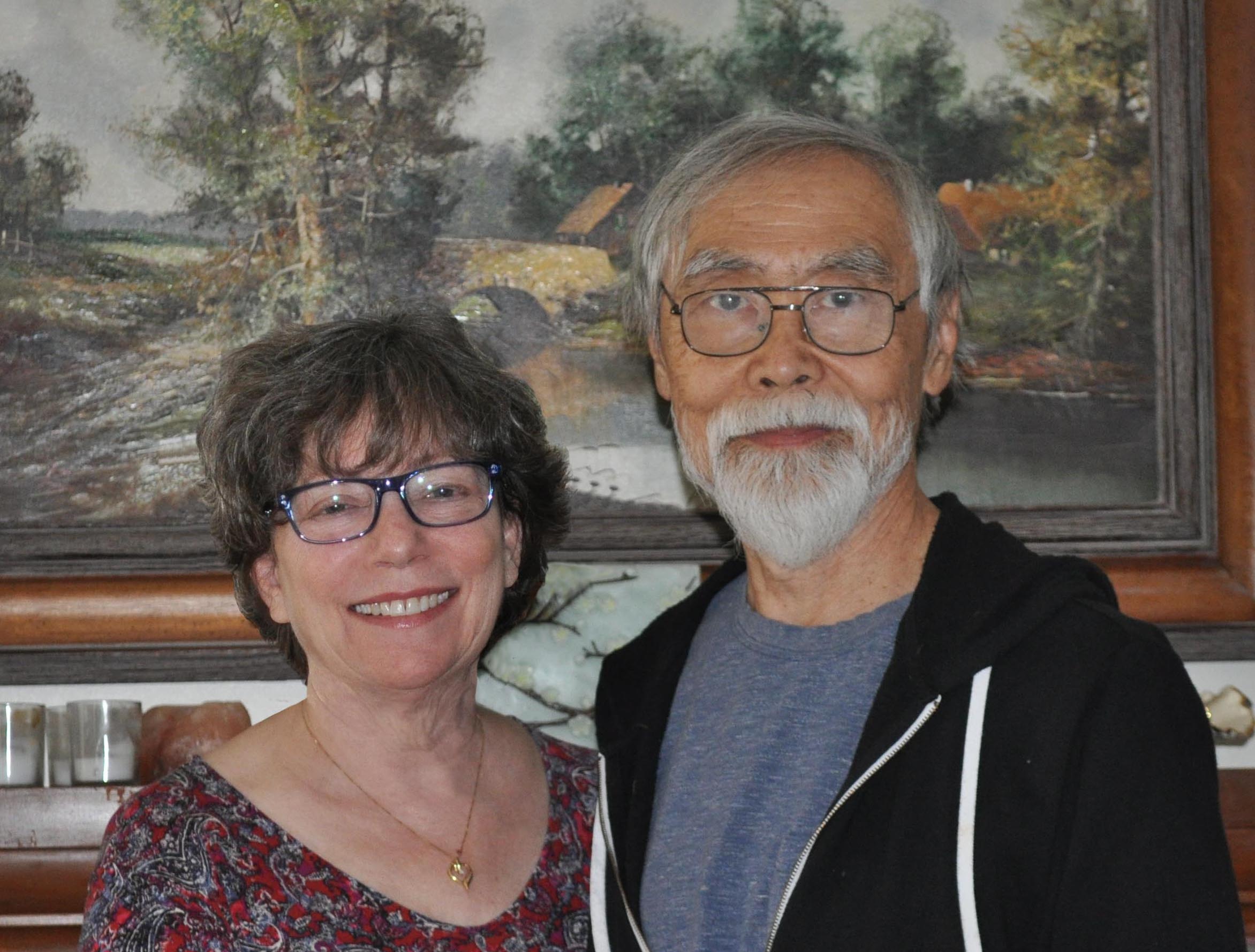I found a great article at legalzoom.com, a website I've used in the past for straightforward legal matters. Michelle Fabio, Esq talks abut intellectual property as it relates to blogging. In her succinct guide she gives info on how you can protect your work and avoid getting sued yourself.
In the article she discusses:
- What a copyright is: "According to the U.S. Copyright Office, your original work receives copyright protection 'the moment it is created and fixed in a tangible form that it is perceptible either directly or with the aid of a machine or device.' In other words—you wrote it, you own it."
- The one big "but" when someone violates your copyright: "If you want to sue someone in federal court for copyright infringement, your work must first be registered with the U.S. Copyright Office."
- Works made for hire and how it does not give you copyright protection: "...the original work you’ve made is made within the scope of your employment for someone else—this is called work made for hire, and, where it applies, the work you’ve made is not your property and the copyright in it is not yours—both belong to your employer."
- How to allow others to use your work in ways that would otherwise infringe your copyright: "With a Creative Commons license, you can choose your level of protection, including whether to allow commercial use and/or modifications to your work."
- What to do when you want to quote or use someone else's work: "Your use of others’ work is limited by the concept of “fair use” as defined by copyright law. To put it as simply as possible—there are fair uses, and there are unfair ones, and the determination of which is which is decided on a case-by-case basis..."
- Using someone else's idea or facts: "Ideas are not copyrightable, so you are absolutely free to use someone else’s idea as a jumping-off point for your own expression," and "Quoting facts word-for-word, paragraph after paragraph, though, probably won’t be considered fair use..."
- What constitutes a work in the public domain: "Works in the public domain are those that are not covered by intellectual property rights of any sort and may be used freely by anyone, for any purpose."
If you need the help of a lawyer with a unique law practice that specializes in "growing flourishing businesses on creative genius," check out Rebecca Prien, Counsel to Creativity LLC. I like her style, and I have a client who worked with her and can't say enough good things about the experience. She's at artist also, so she feels your pain and knows what you need to do to protect yourself and grow your creative business.
That's all for now! I should mention that I recommend these resources to you just because I think they're great. I don't benefit financially from referring them. I'm just sayin.








